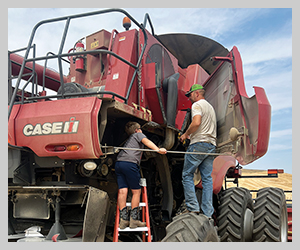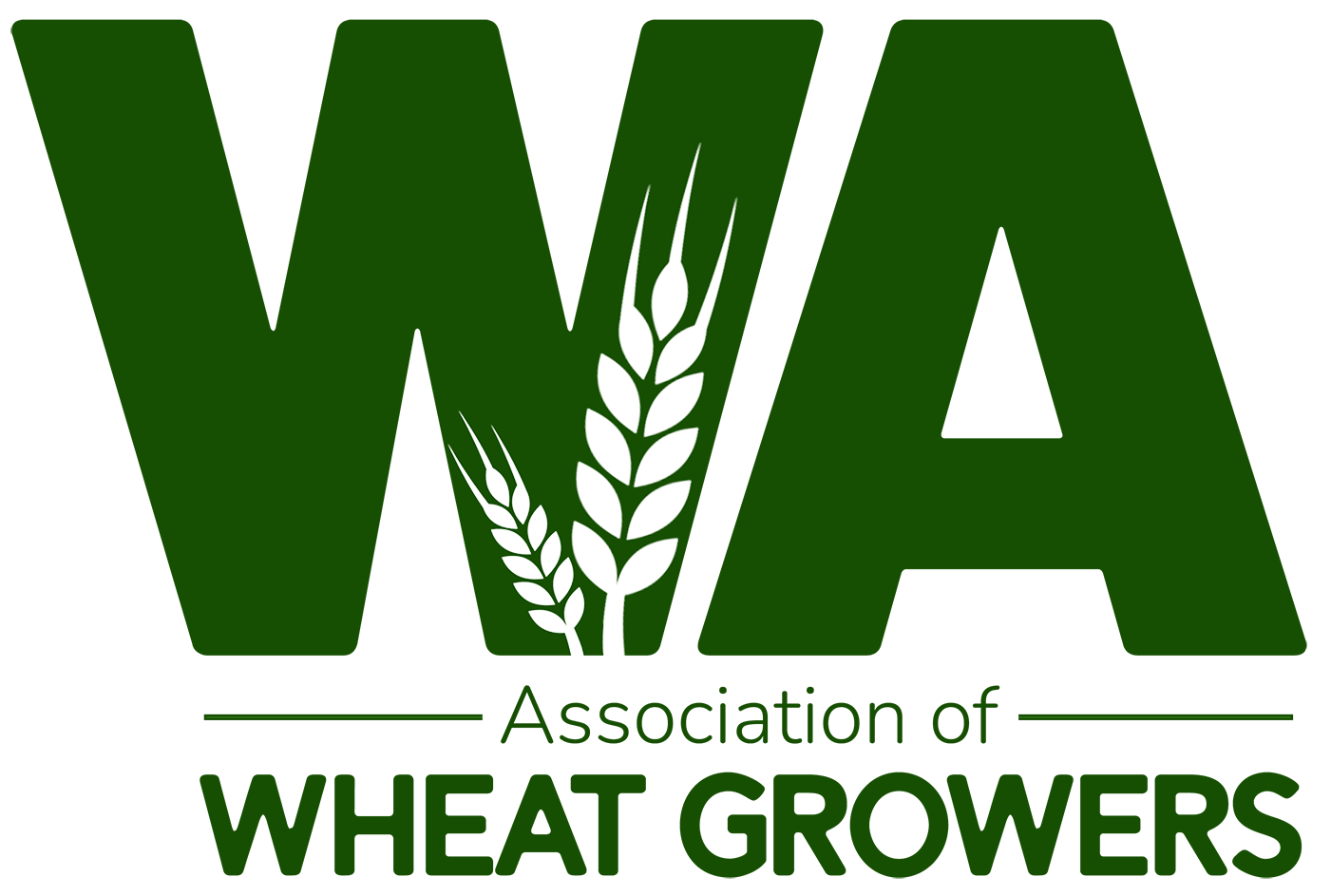Importance of tax planning in low income years
2024December 2024
By Cade Weber
CPA, Leffel, Otis & Warwick

If you are reading this, you probably know as well as I do that the trend in commodity prices has not been favorable to farmers over the last year or two. Margins for producers have become razor thin, and annual budgets do not paint as pretty of a picture as they have in the recent past. Under these conditions, it may be easy to disregard tax planning over the next couple of months since you may not have what you would traditionally consider a “tax problem.” However, there is one key factor of the current tax law that makes tax planning very relevant, even in low-income years.
On December 22, 2017, President Donald Trump signed the Tax Cuts and Jobs Act (TCJA) into affect. The TCJA was a major tax overhaul that cut taxes for both businesses and individuals. While the bulk of the TCJA was favorable to taxpayers, it made the treatment of Net Operating Losses (NOLs) less favorable. Under the previous law, you could offset 100% of your current year income with a NOL from a prior year. The TCJA changed this rule to only allow 80% of current year income to be offset by prior losses. To illustrate the significance of this, let’s look at a simple example. We will assume that an operating farm corporation reported a NOL of $500,000 in year one, followed by income of $500,000 in year two. Under the old tax law, the NOL in year one would completely offset the income in year two, resulting in zero tax due. But under the TCJA, only 80% of the income in year two could be offset by year one’s loss, resulting in taxable income of $100,000. At the current corporate tax rate, this would result in owing $21,000 of tax for what was a breakeven two years ago. Given the fluctuations in the farm economy and farmers’ ability to manipulate the timing of income and expense, this situation is not an uncommon occurrence without proper tax planning.
If you are sitting with a taxable loss before your year end, the best practice from a tax perspective would be to bring in some taxable income and minimize that NOL to the extent you can. One of the most common responses I hear after explaining this to clients is that they do not want to sell wheat under the current marketing conditions. Luckily, there are several options to increase taxable income without having to sell crop inventory for a price you are unhappy with. One of these potential options is to capitalize fertilizer costs. Generally, fertilizer costs are expensed in the year they are paid, but to the extent the fertilizer is for the benefit of future crops, an election can be made that pushes off the deduction into future tax years. Deferred payment contracts also allow flexibility on the timing of income. If you have crop contracted for a payment date after your tax year end, you can elect to pull that income into the current year. Another way to increase taxable income without selling crop is to utilize Commodity Credit Corporation (CCC) loans. The CCC is a government corporation that will loan you money with your crop as collateral. While there is an interest cost associated with CCC loans, it is usually significantly less than the interest on an operating line of credit. These loan proceeds can be treated as income in the year they are received and can be a good option for operators who want to minimize their tax loss while maintaining the ability to market their crop when they want.
So, while the current farm economy may allow you to skip tax planning with minimal consequences this year, do not miss your opportunity to be proactive and put yourself in the best tax position moving forward. History has shown us that things will turn around, and tax planning in lean years can go a long way towards minimizing tax in the future.
Cade Weber is a CPA with Leffel, Otis & Warwick, P.S. and works out of the firm’s Odessa, Wash., office. He was raised in Odessa and enjoys advising farm families and ag businesses. For information, visit low.cpa.












